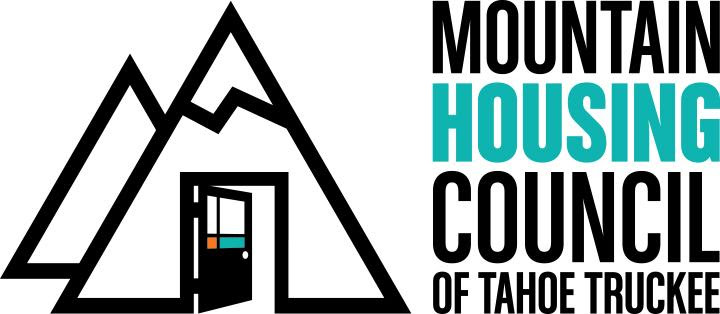Originally published in Moonshine Ink, November 14, 2019
Question to both Seana Doherty and Chris Egger (whose response is linked here): Does the achievable local housing definition take attention and possibly funding away from those who most need it?
BY SEANA DOHERTY
Many of our local workers and families, when looking for a place to live, find themselves in a gap — between making too much to qualify for affordable housing units and too little to buy or rent market rate homes. Our housing market, at the local and state level, tends to produce two types of housing: subsidized rental apartments and market rate, single-family homes. How do we begin to address housing for those between these two options?
Mountain Housing Council (MHC) coined the term achievable local housing in 2016 to help define the range of needs in our region. Of the housing we are short, 41% is needed for low-income earners and 58% of the need is in the middle-to-above moderate-income bracket, according to a 2016 housing needs assessment. We felt that step one in addressing the issue was naming it.
MHC intended to expand the conversation to serve BOTH low-income earners and higher-income earners with the achievable local housing definition. To be clear, there are no resources or strategies to serve individuals that make above $46,000 in our region such as teachers and firefighters.
The achievable local housing term has helped bring attention to the spectrum of housing needs by framing the conversation not only about deficits but also about the different types of funding, housing types, developers, and partners that function best in the different income brackets. For instance, there are developers and funding buckets, such as state tax credit financing, that work best in the low-income category. There are housing product types, such as accessory dwelling units, that function better in middle-income areas.
The reality is that house prices in our region outpace incomes at all earning levels. Should we prioritize allocation of tax dollars for our community members most in need? Absolutely, yes. Should we consider allocation of some resources toward a segment of the middle-income earners? Maybe. Communities and local governments are asking the question: Should tax dollars subsidize middle-income housing, and if yes, at what level and how? Ultimately, each local jurisdiction must make these decisions and community conversation is key to this process.
~ With input from Mountain Housing Council partners
EGGER’S REBUTTAL (see his initial argument here)
First You Help the One Who’s Drowning
Why not both? Scarce resources necessitate prioritization. The achievable definition — which applies to around 90% of local households — makes no attempt to prioritize where these scarce resources should be directed.
The claim that many local workers and families make “too little to buy or rent market rate homes” simply isn’t true according to MHC’s own data: Many households with above-moderate incomes, and quite a few with moderate incomes, can afford to buy or rent market-rate homes.
The claim that “house prices in our region outpace incomes at all earning levels” needs to be critically considered; it applies to ownership of median-priced single-family homes with a conservative household budget for housing. The picture changes considerably when one entertains alternatives: townhomes instead of single-family houses, units in the lower half of the price distribution, or voluntary financial sacrifices which make realizing the dream of home-ownership possible. Is the “need” to own a home on par with the need to have a roof over one’s head through renting?
Elsewhere, MHC identifies a “severe rental housing shortage.” Leveraging local funds, which is only possible for low- and middle-income, but not higher-income, households would most effectively address the need for more housing.
What’s Achievable Housing?
The Mountain Housing Council of Tahoe Truckee put forth a policy recommendation in 2018 to expand the defined range of housing needs to include households earning between 80% and 195% of Area Median Income, in addition to those with very low or low income levels up to 80% of AMI.
